VISA 1101: Colour
Note: This course is only available for registration to students residing in Canada.
This studio course in art, based on ten half-hour video programs about understanding and using colour, is for anyone who wants to work with colour and use it effectively. The course covers basic colour theory, colour research (mixing pigments), colour energy and temperature and colour schemes. Each unit's program begins with a lecture/demonstration followed by a studio session featuring students working on the program theme. Each program concludes with an exhibition of students' work.
Learning outcomes
- Mix pigments to produce mid-values for the six primary and secondary colours.
- Distinguish between subtractive and additive colour.
- Identify a range of pigments by their commercial names.
- Make a colour circle, showing mid-values for the six primary and secondary colours, and identifying the warm/cool axis and the light/dark axis.
- Identify the "natural order" of light and dark colours.
- Exploit effectively the chromatic energy that results from combining warm and cool colours.
- Develop colour schemes.
- Identify and mix complementaries for a wide range of colours.
- Mix chromatic greys, blacks, and whites.
- Prepare a grey scale.
- Mix a range of classical discords, alternating discords, and complementary discords.
- Demonstrate variations in the impact of colours produced by variations in mark, texture, size, etc.
- Produce colour studies and analyses of natural objects.
- Analyze the use of colour in a painting.
- Analyze the use of colour in, advertising, display, signage, food presentation, and fashion.
- Discuss the "colour revolution," of the late nineteenth-century
- Outline the contributions that the great colourists of European painting made to the "colour revolution."
Course topics
- Unit 1: Basics of Colour
- Unit 2: Colour Energy
- Unit 3: Colour Structures
- Unit 4: Between Black and White
- Unit 5: Discord Energy
- Unit 6: Colour in Nature
- Unit 7: Living with Colour
- Unit 8: Colour Light
Required text and materials
Students will receive the following:
- Itten J. (1970). Elements of Color, Van Nostrand Reinhold.
Type: Custom Reprint Textbook. ISBN: 0-471-28929-9. - Gregory, Richard L. (1997). Eye and Brain, The Psychology of Seeing. (5th ed.). Princeton University Press.
Type: ISBN 978-0-691-165165 - TRU Open Learning. Color Wheels and Information.
- TRU Open Learning. Postcard Booklet.
- VISA 1101 Art Supply Kit.
Students are responsible for supplying a number of minor items for their studio work:
- Odourless mineral spirits and baby oil to clean up paint from palette
- Masking tape
- 18" x 24" acrylic or glass sheet for mixing
- Scissors
- X-acto knife
- Ruler
- Pencils
- Paper towel
- Wax paper
- Push pins
Additional requirements
Additional common items may be required to complete assignments. Refer to the detailed course description on the TRU-OL website or contact Student Services.
Assessments
Please be aware that should your course have a final exam, you are responsible for the fee to the online proctoring service, ProctorU, or to the in-person approved Testing Centre. Please contact exams@tru.ca with any questions about this.
To successfully complete this course, students must achieve a passing grade of 50% or higher on the overall course. There is no final exam in this course.
| Assignment 1 | 10% |
| Assignment 2 | 10% |
| Assignment 3 | 10% |
| Assignment 4 | 10% |
| Assignment 5 | 10% |
| Assignment 6 | 10% |
| Assignment 7 | 10% |
| Assignment 8 | 10% |
| Assignment 9 (Notebook) | 20% |
| Total | 100% |
Open Learning Faculty Member Information
An Open Learning Faculty Member is available to assist students. Students will receive the necessary contact information at the start of the course.
